When $41,000 might be cheaper than $26,000
General Motors announced pricing August 31, 2010 for the compressed natural gas conversion of its full-size 2011 ChevroletExpress and GMC Savana Cargo vans.
The base $25,980 vans become $41,890 vans after the conversions. It is a $16,000 add-on option basically. So is ours - BUT . . . GM's is a DEDICATED CNG option - and cannot use gasoline again at all - but OURS is better as a gas-ethanol- cng-hydrogen dual-fueling and on the fly bi-fueling system as you drive.
"Dual fuel" means the vehicle can run on different types of fuels. "Bi-fueling" means the engine runs on a mixture of fuels at the same time. The industry seems to confuse the terms - we use the orignal EPA definition.
We do a complete and BETTER add-on supplemental fueling system, for any GM small block based RV, service and delivery trucks of ALL kinds; AND one better - we have an on the go mixing fuel bi-fueling option. That is we provide a fueling system system that can mix Hydrogen made on the fly with CNG - or straight to gasoline also - and increase fuel mileage because the Hydrogen made is largely FREE. The Hydrogen generator add-on is NOT a GM option, and is licensed from us, installed by us, and serviced by us directly. A local or EPA or CARB waiver may be required depending on the year of the vehicle - which we also take care of.
Certainly CNG is cheaper and cleaner than gas or diesel and know fleet managers are looking for every way they can to cut a penny here and a penny there from operating costs and /or collect "green points" from government, which sometimes extends benefits to clean and green fleets such as preferential HOV lane access or a leg up in obtaining service contracts.
Commercial vehicles have longer and harder lives than do most passenger cars and light trucks - 30,000 miles a year for 7-10 years isn't at all unheard of which gives a company or fleet manager more time to recoup up-front costs of alternative fuel or advanced-tech vehicles through accrued saving on fuel and maintenance.
BUT . . . in our case that recoup period can be very short - because not only is fuel cost lower, PAID fueling cost drop because some of the fuel is made on the fly - AND you still get green benefits of lower emissions and cleaner oil change intervals, and longer engine life - with CNG, but also cooler running engines with coupled with Hydrogen bi-fueling.
The way we use the terms "bi-fueling" means in the combustion chamber dual burning fuel - bi-fueling, NOT just can run on either fuel - but rather means runs on BOTH fuels as the same time.
This means that in a fleet with loads of vehicles, even a penny a gallon saved on fuel costs adds up quickly to sometimes impressive annual sums, and in our case the vehicle actually creates fuel with our hydrogen on the fly option as it is driven, making the "miles per gallon" go to a very high number.
GM's earlier price $41,000 vs $26,000 number is based on a $15,190 cost breaks down as thus: $14,590 for the dedicated CNG fuel system, pressurized fuel tank and new fuel lines and fuel injectors; $1,295 for the beefed-up, CNG capable version of GM's 6.0-liter Vortec V8 engine, $265 for a heavy-duty tow package and a credit of $240 for deleting the spare tire.)
To earn that back, figure fuel economy (we use the term loosely) of 13 mpg and 30,000 annual mileage (the CNG version gets substantially the same fuel economy as the gasoline model).
That's 2,308 gallons a year.
Now figure gasoline at even just $2.89 a gallon and natural gas at $1.52 per gallon-equivalent, numbers which will change from state to state; and multiply that by gallons per year and the fuel savings comes out to $3,162.
Subtract federal (and sometimes state) tax credits for buying CNG vehicles, plus the impact of lower-interest financing for fleet purchases (sometimes) and $15,190 premium is more like $9,000, Jones said. That can be earned back in 34 months, leaving the typical fleet operator anywhere from two to seven years to rake in $3,162 per van in fuel savings.
If you DOUBLE the base fuel mileage, and our system is capable of far more - it's a rapid pay-back the more it is driven.
GM, also - however, doesn't actually build the CNG vans itself. It makes the OEM parts needed, the "so-called" hardened engines and the vans and sends the pieces to a contractor, Indiana-based Impco automotive, also known as PCI, where they're all put together for shipment to the client.
Impco is a well seasoned alternative fuel company with roots that go way back, based in California. In addition to the headquarters in California, IMPCO maintains an R&D and engine assembly plant in Detroit, Michigan. The Detroit facility, comprising a covered area of 80,000 square feet, houses, amongst other R&D activity, IMPCO's engine testing facilities. These facilities provide both 24 hour, 7 day per week durability test beds, along with world class, fully EPA and CARB compliant high speed emissions test facilities.
The IMPCO Automotive manufacturing facility located in Progress Industrial Park in Union City, Indiana at 1274 S. State Rd. 32 was constructed in 2004. The state of the art facility consists of a secure vehicle storage lot, three high volume production lines, five stall build bays and a chassis dynamometer for CNG and propane vehicle conversions.
Some of the facilities’ key features are the vehicle conversion equipment, a fully functioning fast fill CNG station, paint system, a 20,000 square foot parts and components warehouse, and a quality lab for component layout analysis all in 75,000 square feet of manufacturing space.
So this is how to make a $41,890 van pencil out better than a $25,980 van.
The vans alledgedly come equipped with hardened exhaust valves, and intake and exhaust valve seats for improved wear resistance and durability with gaseous fuel systems from GM.
The GM as well as our vans will meet all Environmental Protection Agency and California Air Resources Board emission certification requirements, and will be fully compliant with applicable motor vehicle safety NFPA standards.

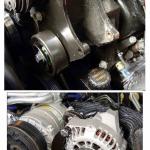 ,
, 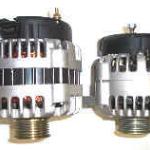 ,
, 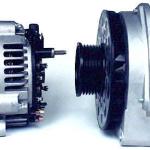 ,
,  ,
, 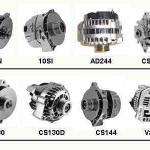
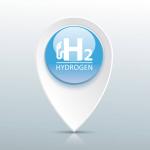
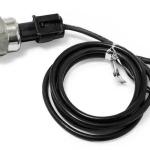
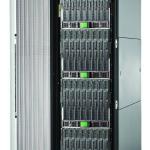

 ,
, 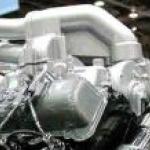 ,
, 
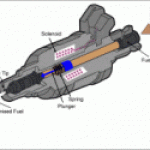


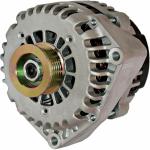 ,
, 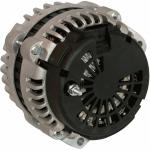 ,
,  ,
, 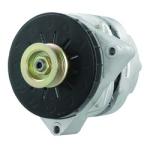

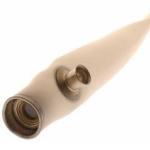 ,
,  ,
, 
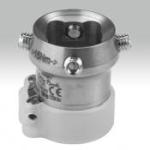
 ,
,  ,
,  ,
, 



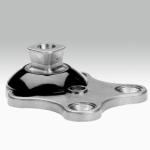
 ,
, 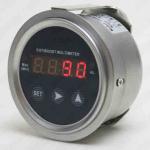

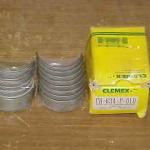
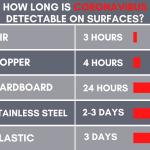 ,
,  ,
, 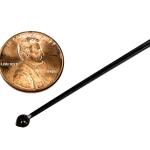 ,
, 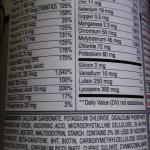 ,
, 



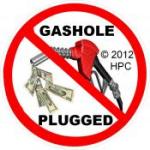
 ,
, 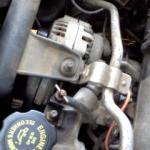 ,
, 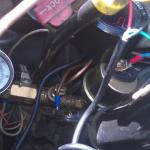

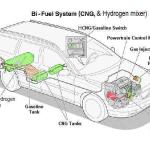
 ,
,  ,
,  ,
,  ,
, 
 ,
, 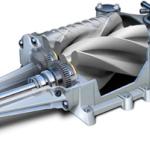 ,
, 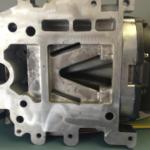 ,
,  ,
,  ,
, 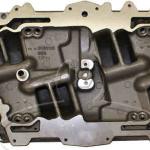
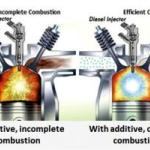
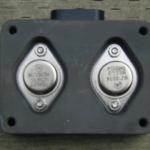 ,
,  ,
, 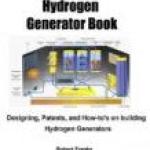
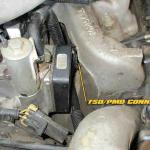 ,
,  ,
, 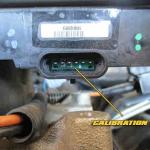 ,
, 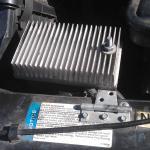 ,
, 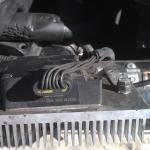

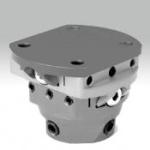
 ,
, 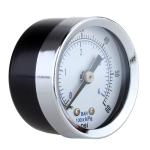

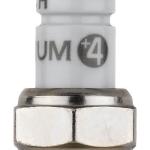
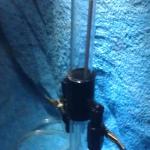 ,
,  ,
, 
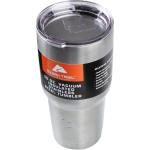

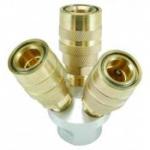

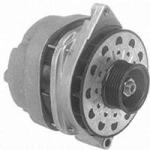 ,
,  ,
, 
 ,
, 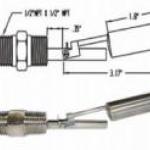

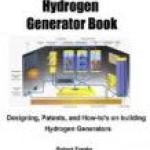
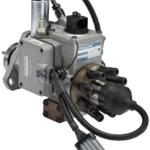
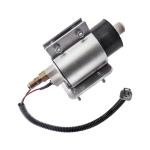




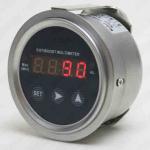

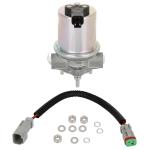


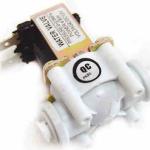
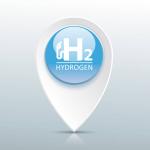





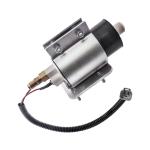

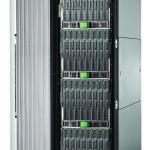



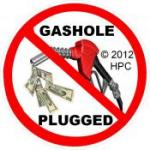

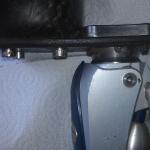
 ,
,  ,
,  ,
, 